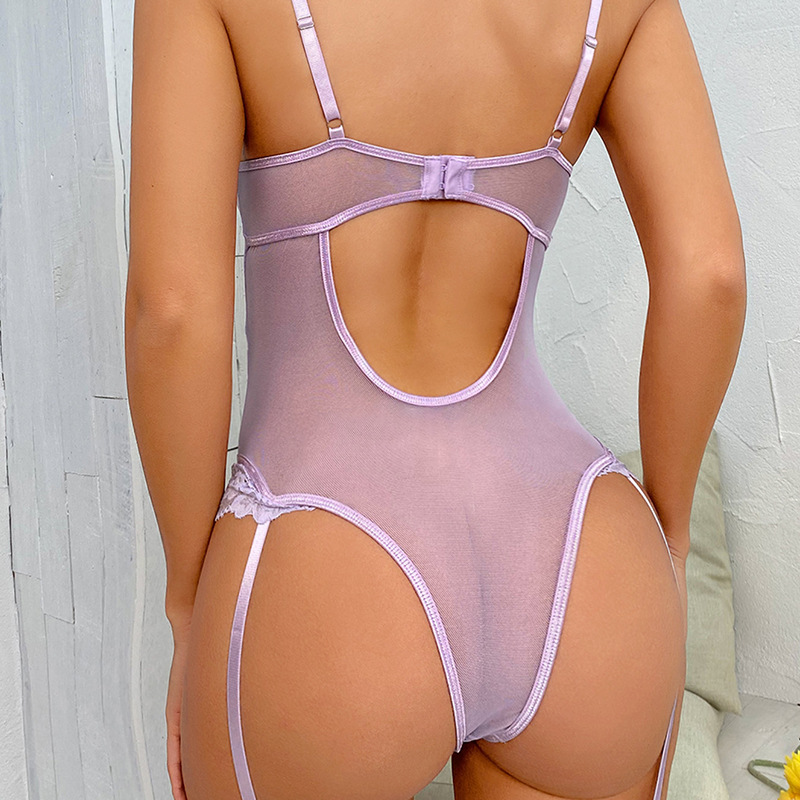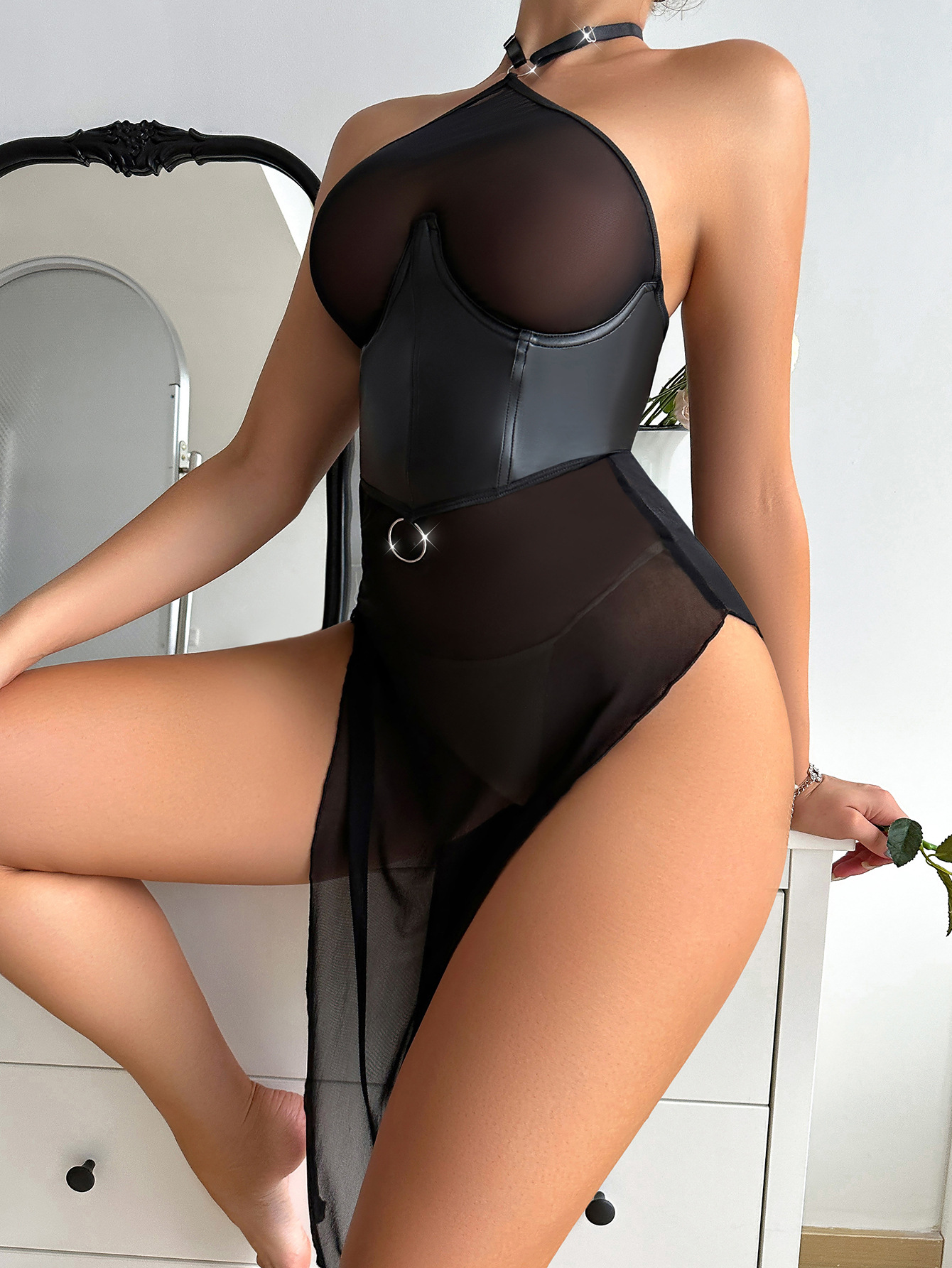Social Impact Of Seductive Uniform Fashion Wholesale
-
Social impact of seductive uniform fashion wholesale examines psychology, culture, and market effects behind stylized uniform trends.


Social impact of seductive uniform fashion wholesale frames an important debate about visual culture, commerce, and social meaning. This phrase anchors discussion about how uniform aesthetics are repackaged as seductive products and sold at scale through wholesale channels. Designers, retailers, and consumers all participate in a market that shapes attitudes about gender, professionalism, and desirability. Patterns of consumption influence public norms and private identity formation. Policy makers and cultural critics examine whether commodified uniforms reinforce harmful stereotypes or provide agency through styling. Observing wholesale flows and retail practices helps explain diffusion patterns across media, clubs, and mainstream retail. Balanced analysis requires attention to psychology, economics, and cultural history.
JSY: Your Premier Erotic Lingerie Wholesale Partner
JSY (Jishiyuan Garment Co., Ltd.) si è affermata come leader nel settore dell'abbigliamento. abbigliamento intimo all'ingrosso. With over 15 years of experience, JSY specializes in designing, manufacturing, and distributing intimate apparel. The company operates a modern 10,000 m² production facility with monthly capacity exceeding 200,000 garments. JSY’s commitment to quality is demonstrated through successful Sedex audits.
JSY’s comprehensive erotic lingerie wholesale services extend beyond simple product supply to include full business support for retail partners. The company offers design consultation, trend analysis, and customization services to help retailers differentiate their offerings. Advanced quality assurance programs ensure consistent product excellence, while flexible ordering options accommodate various business sizes and requirements.
JSY maintains strong relationships with fabric suppliers and component manufacturers, ensuring access to premium materials and innovative technologies. The company’s global distribution network enables efficient delivery to international markets, supported by experienced logistics teams. For retailers seeking reliable erotic lingerie wholesale partnerships, JSY provides the expertise, capacity, and commitment necessary for mutual success. We invite you to contact JSY today to explore how our comprehensive wholesale solutions can support your business growth and market expansion.

Social impact of seductive uniform fashion wholesale: Core psychological drivers
Social impact of seductive uniform fashion wholesale touches deeply on basic human psychology. People respond to cues such as authority, familiarity, and taboo reversal in visual signals. Uniforms suggest status and role identity, which can evoke attraction through social signaling. Sexualized versions intensify perceptual focus by compressing status cues and erotic markers. Cognitive scientists note that novelty paired with familiar form triggers curiosity and emotional arousal. Retailers exploit that dynamic by offering stylized uniforms at low price points through wholesale lots. Emotional responses vary across individuals, shaped by upbringing, media exposure, and local norms. Understanding these psychological drivers clarifies why products labeled as seductive uniforms gain rapid traction online and in niche markets.
Social impact of seductive uniform fashion wholesale: Cultural history and context
Social impact of seductive uniform fashion wholesale cannot be separated from cultural lineage and history. Historically, uniforms functioned to identify professions, teams, and schools, embedding trust and authority in visual form. Over time, popular culture reinterpreted those garments as markers of fantasy and performance. Media and film popularized stylized uniforms long before wholesale channels industrialized production. Globalization exported specific visual tropes across borders, allowing local markets to adapt or resist them. Cultural memory and ritual contexts therefore shape whether a uniform reads as respectable or eroticized. Brands that compute these histories can position products in ways that respect cultural complexity and minimize offense while meeting market demand.
Social impact of seductive uniform fashion wholesale: Market dynamics and wholesale channels
Social impact of seductive uniform fashion wholesale depends on supply-side mechanics and distribution strategies. Wholesale hubs manufacture at scale, enabling low per-unit costs and broad availability. Suppliers often produce multiple style variants quickly based on trend feedback. Bulk distribution makes niche aesthetics accessible to mass audiences and online resellers. Pricing strategies of wholesalers determine which retailers can afford inventory and how markup bands evolve. Digital marketplaces and B2B platforms further accelerate diffusion into international markets. Tracking these channels shows how a localized style becomes global quickly. Responsible sourcing practices at the wholesale level can mitigate ethical concerns through clearer labeling and segregation of product lines.

Gender, identity, and objectification in uniform aesthetics
Debate about seductive uniform fashion centers on gendered meanings and possible objectification. Many critics argue that sexualized uniforms reinforce one-dimensional portrayals of gender roles. These portrayals can normalize power imbalances and restrict perceived occupational identities. Other observers highlight agency, noting that some wearers use stylized uniforms to explore identity or reclaim power. Empirical studies indicate mixed effects; individual context matters greatly. Marketers often simplify narratives to maximize appeal, which may obscure nuanced consumer motives. Brands that consult with diverse stakeholders produce lines that avoid reductive framing. Ethical merchandising balances creative expression with care for social impact and dignity.
Consumer motives and identity signaling in seductive uniform trends
Consumers who purchase seductive uniform pieces often act for reasons beyond pure sexual appeal. Many buyers seek performance wear for role-play, entertainment, or costume events. Others buy for confidence enhancement, playfulness, or to project a curated persona on social media. Some purchases reflect aspirations toward authority or nostalgia for certain aesthetics. Wholesale affordability expands experimentation, allowing shoppers to test identities affordably. Sociologists observe that conspicuous consumption of stylized uniforms can also function as subcultural signaling. Retailers should segment audiences and craft messaging that avoids stereotyping. Clear product descriptions and contextual merchandising reduce misinterpretation and support informed consumer choice.
List of harms and benefits for communities
-
Harms: reinforcement of gender stereotypes, workplace misinterpretation, and normalization of sexualization
-
Harms: potential harassment and diminished professional respect in mixed settings
-
Benefits: creative expression, income for designers, and community formation around niche aesthetics
-
Benefits: affordable access to costume and performance wear for theatrical use and events
Interpreting the list above reveals practical trade-offs for stakeholders. Harms concentrate where uniforms are substituted for nuanced role identities, creating confusion in professional contexts. Social environments with weak policy protections face higher risk of harassment and reputational harm. On the other hand, benefits appear when designers and retailers operate transparently and ethically. Community groups form around shared aesthetics, producing cultural value and economic activity. Wholesale suppliers that label items clearly and supply event-specific lines help preserve boundaries. Policymakers may consider targeted guidance to distinguish costume sectors from professional uniform channels.
Regulatory, workplace, and ethics considerations
| Area | Consideration | Possible Action |
| Workplace | Risk of misidentification | Clear dress policies and role labels |
| Retail | Misleading product descriptions | Mandatory content warnings and age filters |
| Wholesale | Bulk distribution of sensitive styles | Segregated catalogs for costume lines |
Regulatory, workplace, and ethics considerations demand concrete responses from businesses and institutions. Employers must craft unambiguous dress policies and training to prevent misinterpretation when staff encounter stylized uniforms outside work. Retailers benefit from transparent categories and age gating, helping consumers make informed purchases. Wholesalers can reduce harms by organizing separate catalogs for theatrical costume lines versus authentic uniform supply. Public agencies might provide model policies that balance creative commerce with protections against harassment and misrepresentation. Collaborative approaches between industry groups and regulators produce clearer standards without unduly restricting creative expression.
Marketing strategies and responsible merchandising practices
Responsible merchandising hinges on honest context and audience segmentation. Brands that present stylized uniforms as costumes, novelty items, or performance wear reduce conflation with professional attire. Photographic styling should avoid simulated workplace scenarios, which risk normalizing inappropriate role conflation. Retailers can add context tags and usage suggestions to clarify intent. Training sales staff to answer questions about intended use supports safer circulation. Collaborating with advocacy groups during campaign planning helps flag potential harms early. Ethical campaigns often perform as well commercially, because consumers increasingly prefer transparent and socially aware brands. Clear positioning also reduces returns and reputational risk.
Cross-cultural differences and global reception of uniform styles
Reception of seductive uniform fashion varies widely between cultures and social contexts. In some markets, stylized uniforms read as playful costume with low stigma. In others, they intersect with strict professional norms and thus provoke controversy. Religious sentiments and legal frameworks influence perception strongly in many regions. Global brands must localize assortments and marketing to avoid cultural harm. Local testing and advisory panels produce better alignment with consumer values. Wholesale distributors that provide region-specific catalogs facilitate safer, culturally aware supply. Failure to account for these differences can result in public backlash, lost sales, and reputational damage for brands and retailers.
Practical advice for brands, retailers, and designers
Brands and retailers can take pragmatic steps to balance commerce and social responsibility. First, label items accurately and specify intended use for each style. Next, separate costume ranges from authentic uniform suppliers in both catalogs and warehouses. Third, include care instructions and safety notes when garments simulate workplace accessories. Fourth, train customer service staff to handle sensitive inquiries professionally. Finally, set up feedback channels to learn from community responses and improve future lines. These measures reduce confusion and support safer social circulation of stylized uniforms across wholesale and retail networks.

Research gaps and future directions in social study
Scholars and practitioners need more empirical data on long-term social effects of seductive uniform aesthetics. Current studies often rely on small surveys or lab-based measures that limit generalizability. Longitudinal research could better assess whether exposure shifts occupational perceptions or contributes to harassment patterns. Market-level analyses that trace wholesale flows and media amplification would reveal diffusion mechanisms. Interdisciplinary research combining sociology, marketing, and legal studies will prove most informative. Funding agencies and industry partners can collaborate on ethical, large-scale studies. Results will guide policy makers and businesses toward practices that preserve freedom of expression while limiting societal harms.
The Psychology of the Psychological and Social Significance Behind Uniform Seduction Culture:
The psychology of the psychological and social significance behind uniform seduction culture synthesizes psychological insight and social critique for stylized uniform commerce. Seductive uniform fashion wholesale exerts measurable social impact through visual signaling, market diffusion, and cultural reinterpretation. Wholesale channels amplify trends rapidly, making early ethical design decisions crucial. Brands that balance creative expression with clear context labeling and stakeholder consultation reduce negative outcomes. Community voices, legal frameworks, and empirical research should inform product strategies at every stage. Ultimately, thoughtful practice sustains cultural vitality while protecting vulnerable groups and preserving professional integrity across public spaces.
Domande frequenti
What drives the popularity of seductive uniform fashion in wholesale markets?
Multiple forces propel demand for stylized uniforms in wholesale markets. Low production costs enable affordable experimentation for retailers. Wholesale systems allow retailers to test variations rapidly, responding to social media trends and influencer endorsements. Psychological drivers include attraction to authority cues, nostalgia, and role-play fantasies that many consumers explore privately. Cultural channels such as film, television, and nightlife further normalize stylized uniforms as costume and performance wear. Segmentation of consumers reveals distinct motives, from cosplay enthusiasts to event planners. Wholesale accessibility lowers barriers, making tasteful and explicit designs available to niche shops and online resellers.
How can workplaces navigate the social impact of seductive uniform items?
Workplaces should adopt clear policies to avoid conflation between professional attire and stylized costumes. Employers can create explicit dress codes that outline permissible accessories and visual identifiers during work hours. Training on respectful interaction helps employees respond when encountering stylized uniforms in social contexts. Human resources should include complaint channels and rapid response protocols for harassment claims. Vendors supplying authentic workplace uniforms need certification procedures to prevent counterfeit or sexualized replicas from entering professional supply chains. Open communication and consistent policy enforcement preserve reputations and protect both employees and customers.
Are there ethical ways for brands to sell stylized uniform fashion without causing harm?
Yes, brands can sell stylized uniforms ethically through transparency and respectful presentation. Position products clearly as costume, performance, or novelty items rather than authentic professional wear. Use imagery that avoids simulated workplace scenes to reduce misinterpretation. Implement age verification and content warnings for adult-oriented items. Collaborate with community groups to assess potential harms before campaigns launch. Maintain separate wholesale and retail channels for authentic uniforms and stylized lines. Finally, monitor consumer feedback and legal developments to adjust practices responsively. Ethical merchandising preserves creative freedom while minimizing harmful social consequences.



